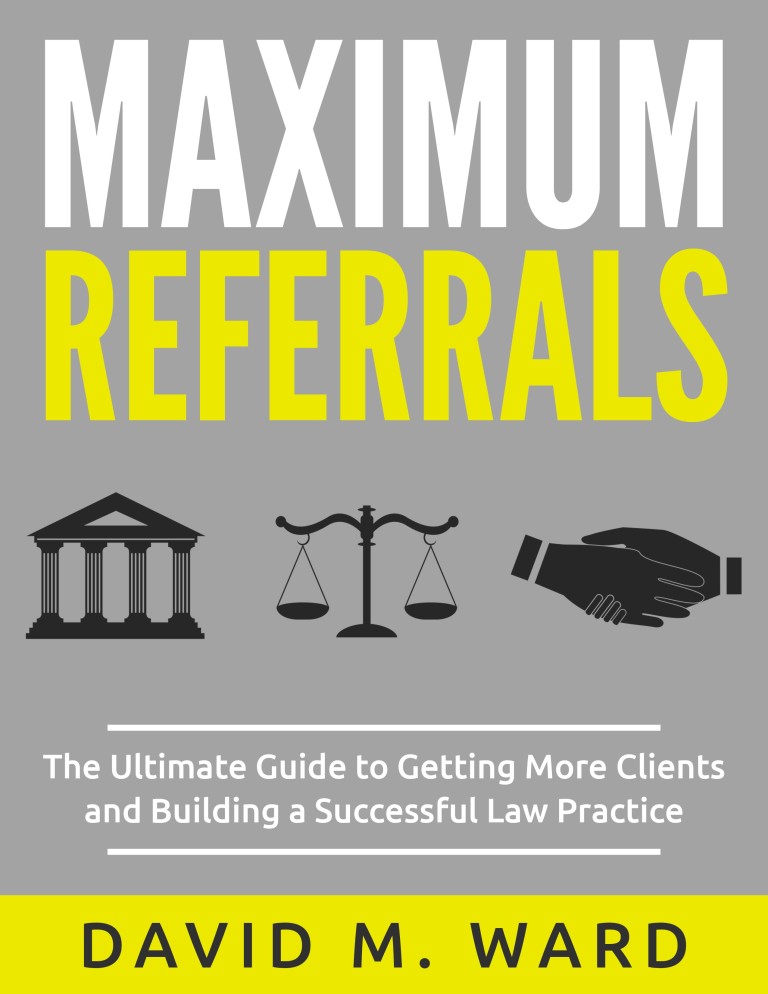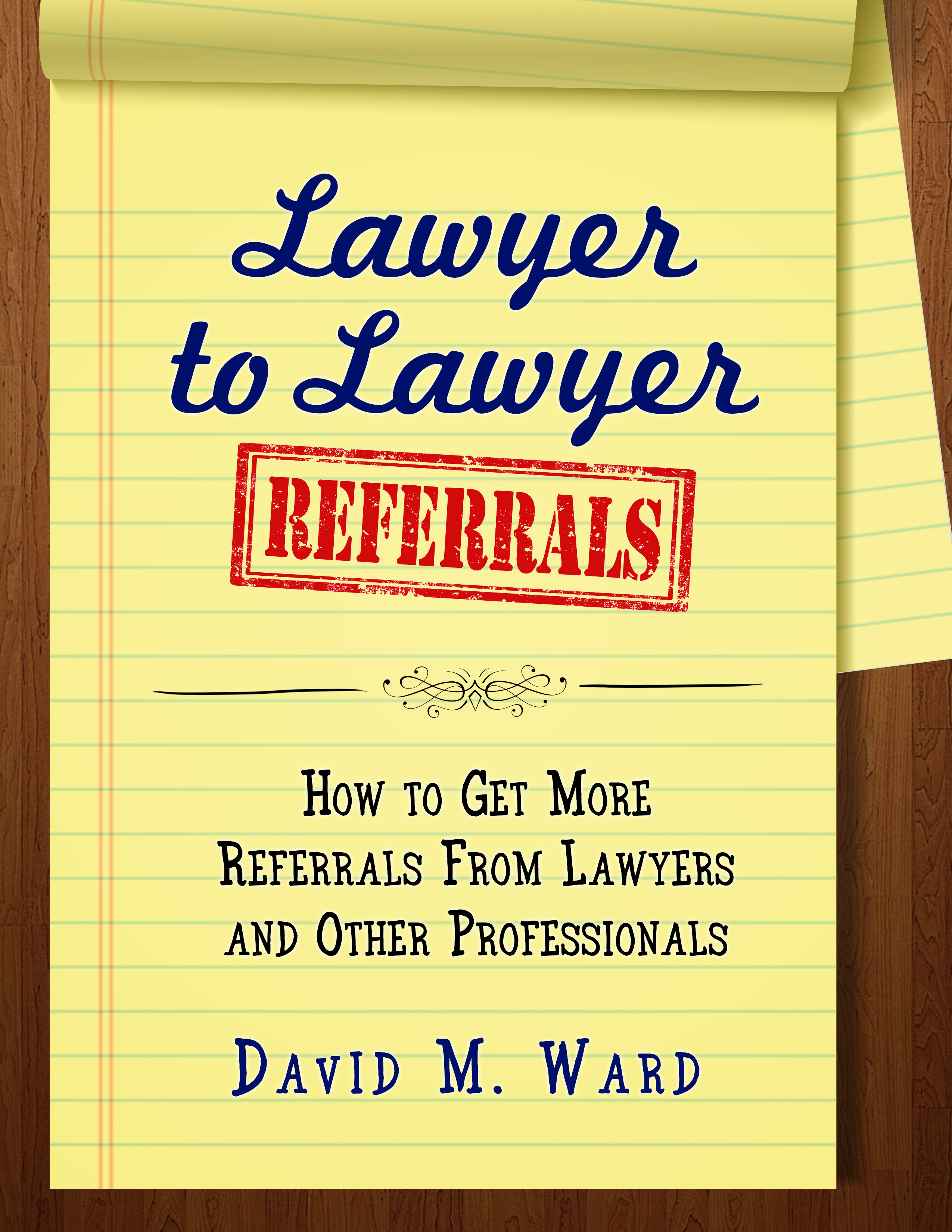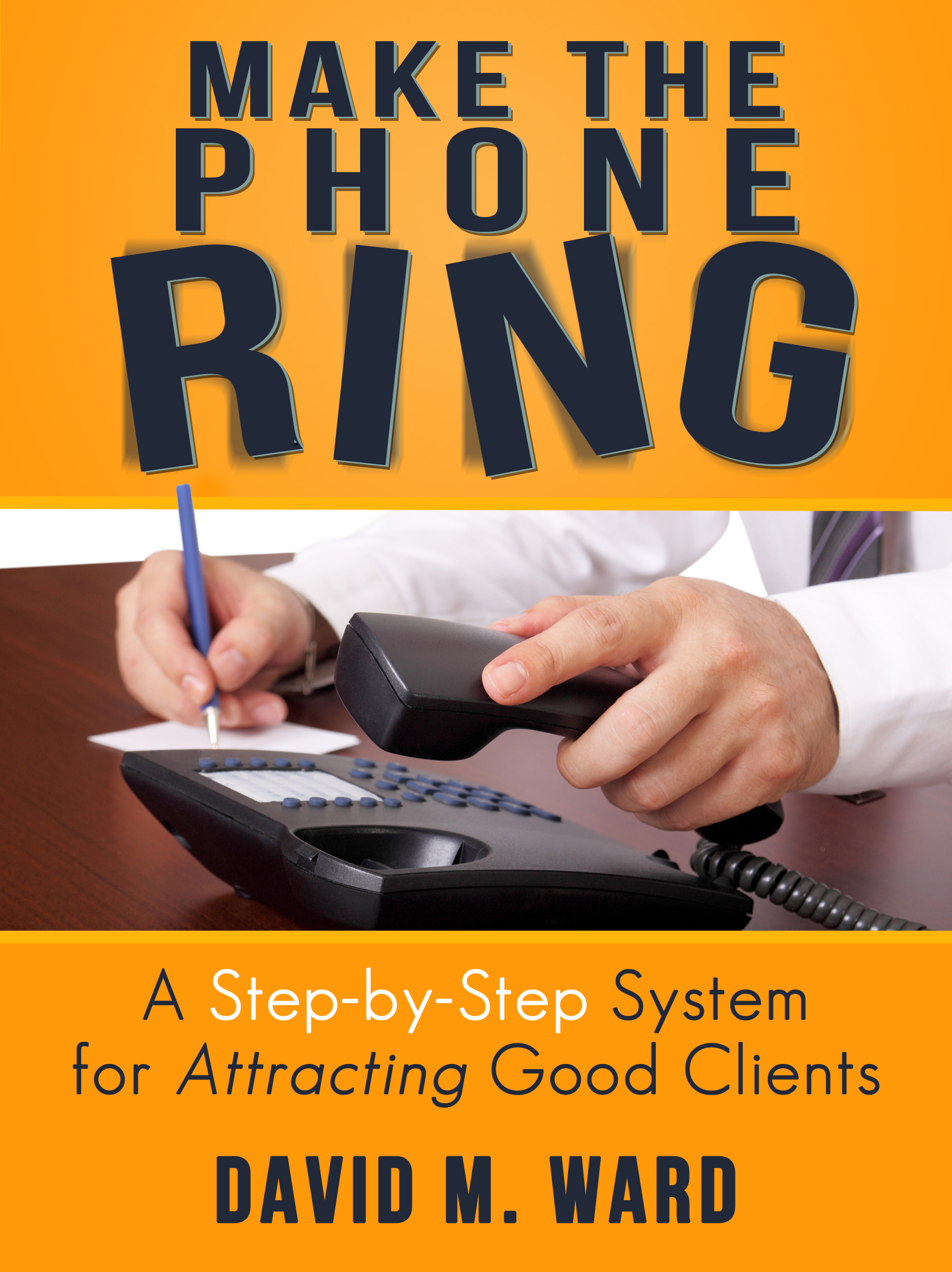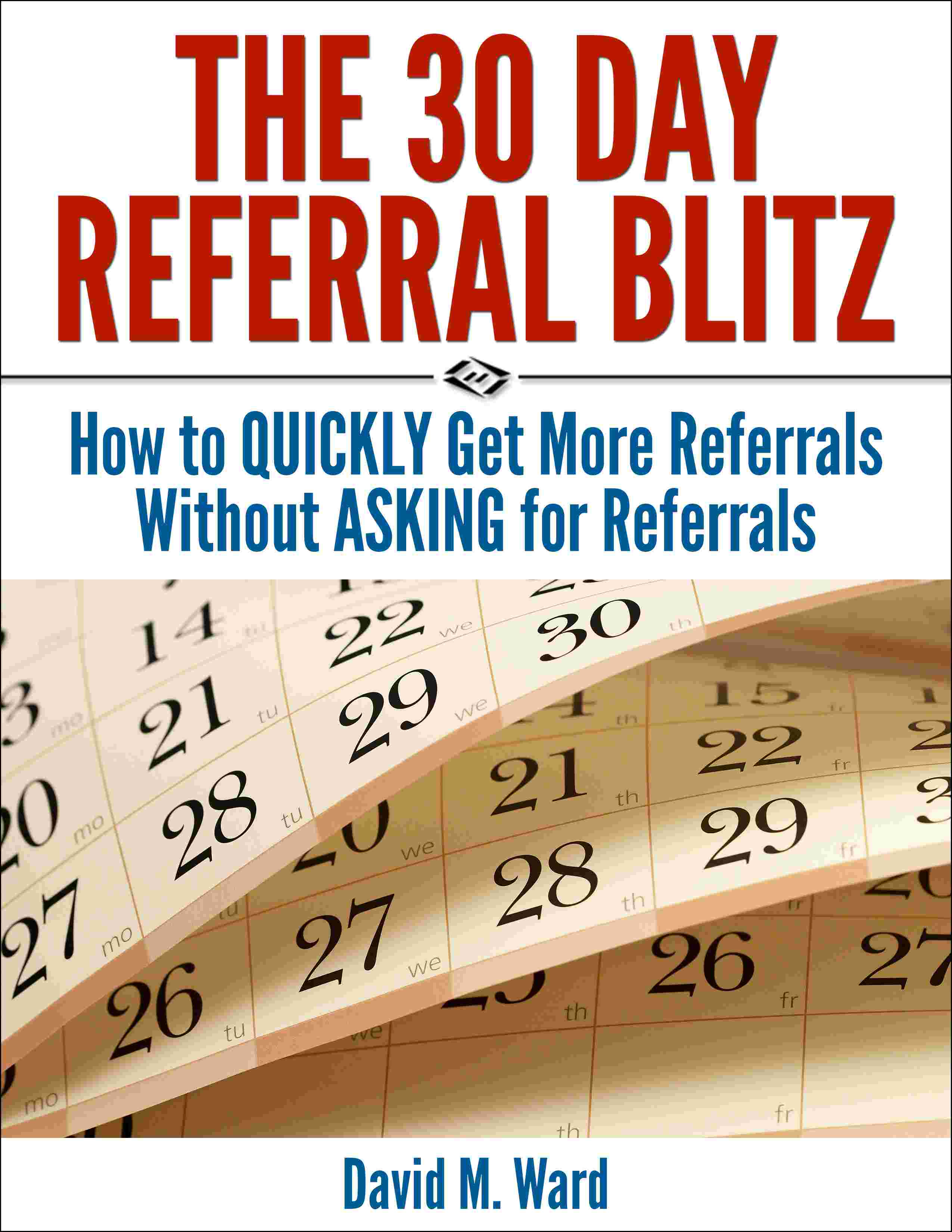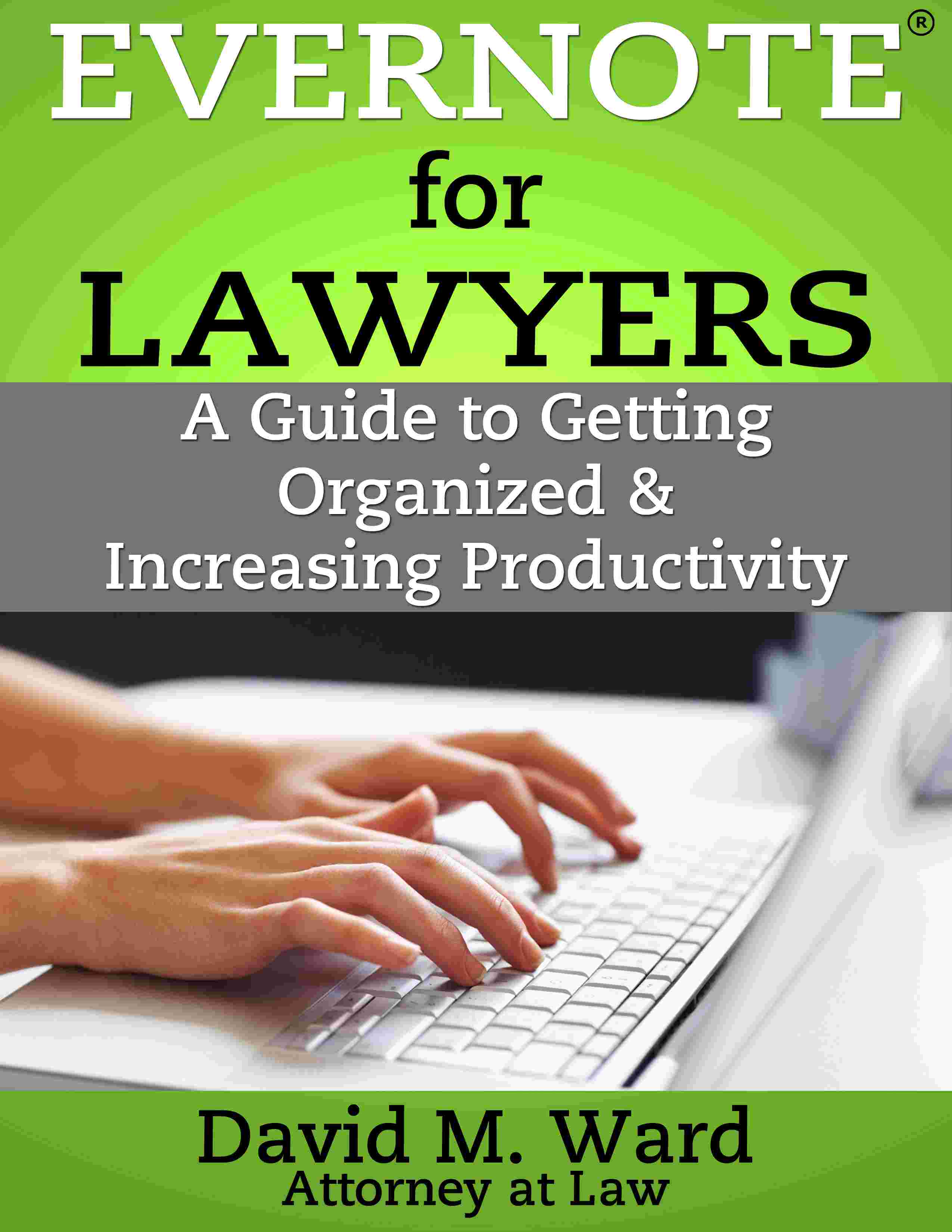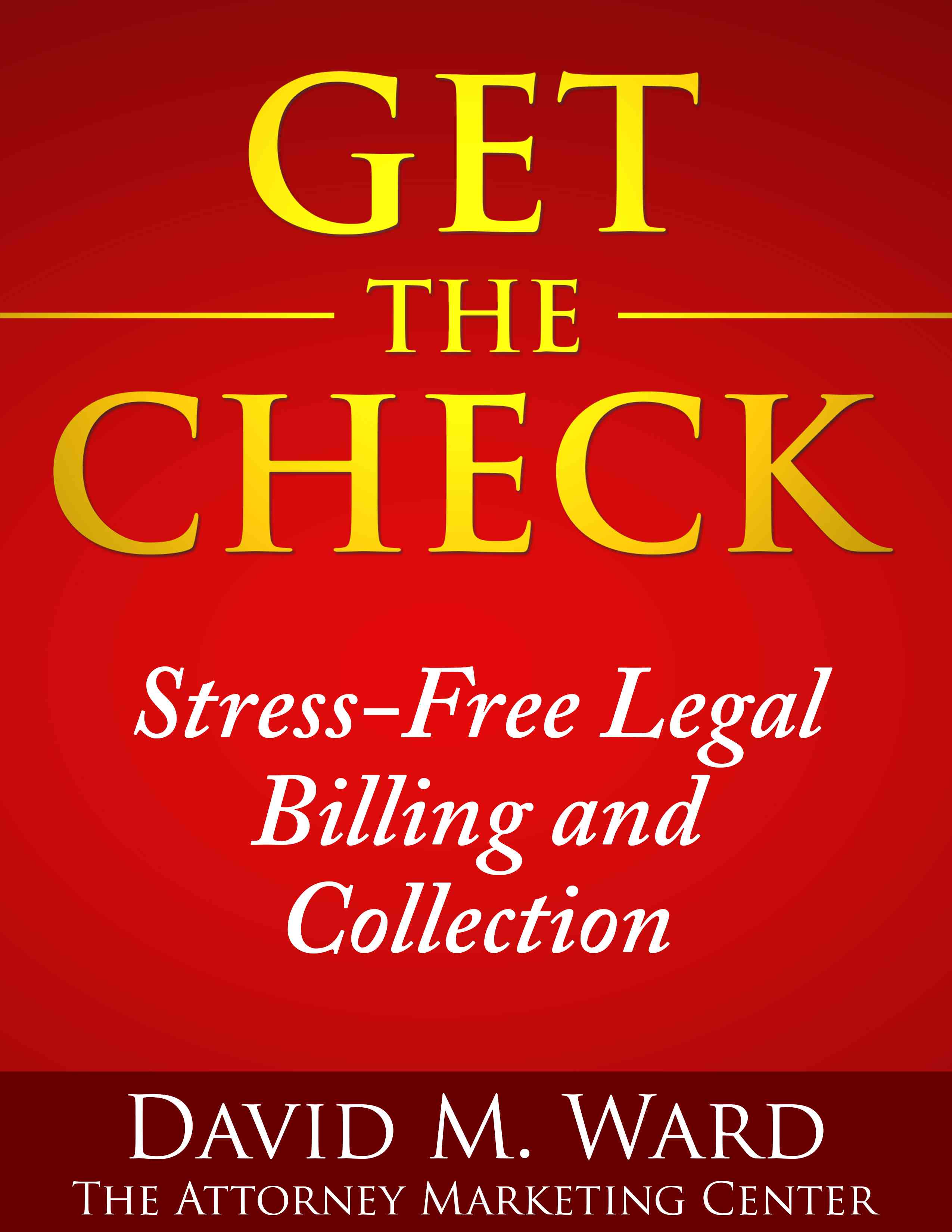I’ve written before about the wisdom of regularly examining your expenses and ruthlessly cutting them. All those $5 or $25 per month charges may seem insignificant but they add up.
When you cut them, you not only reduce your overhead and increase your net income, you increase the overall value of your practice because one of the most important elements in the value of your practice is your cash flow.
Cutting $20 per day off your expenses will increase in net income of $600 per month. That may increase the sales value or borrowing power of your practice by five or ten times that amount.
It also frees up cash you can invest in marketing.
The same dynamic applies to increasing your income. Adding a few hundred dollars per month to your (net) income via additional fees will similarly improve your bottom line.
So, what if in addition to targeting bigger cases and clients you also paid attention to bringing in some smaller ones? All those $1000 fees also add up.
A few new small clients per month might allow you to hire more staff or buy more ads which could bring in many times what they cost. And, don’t forget that smaller clients and cases can lead to bigger ones.
You should also regularly consider your options regarding increasing your fees. A five or ten percent increase in your billing rates or fees could have a profound effect on your net income.
Don’t obsess over any of this but if you want to increase your net income, don’t ignore the little things.
Because every dollar counts.
How to increase your fees without losing clients


